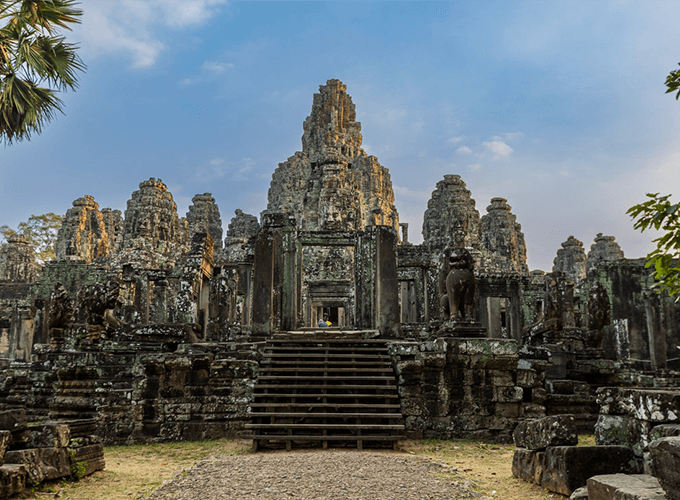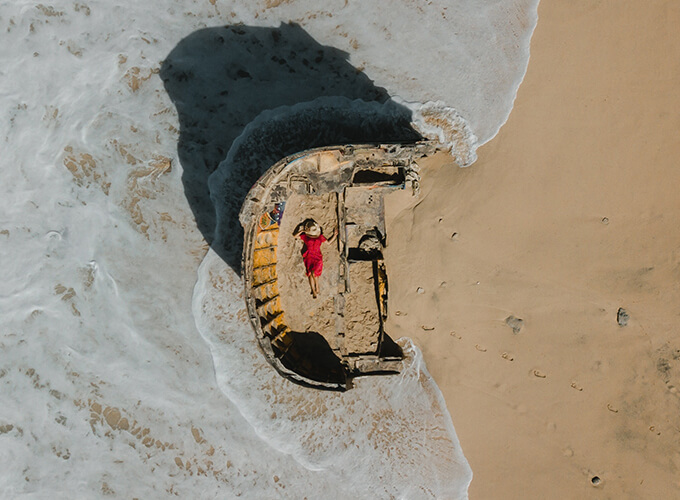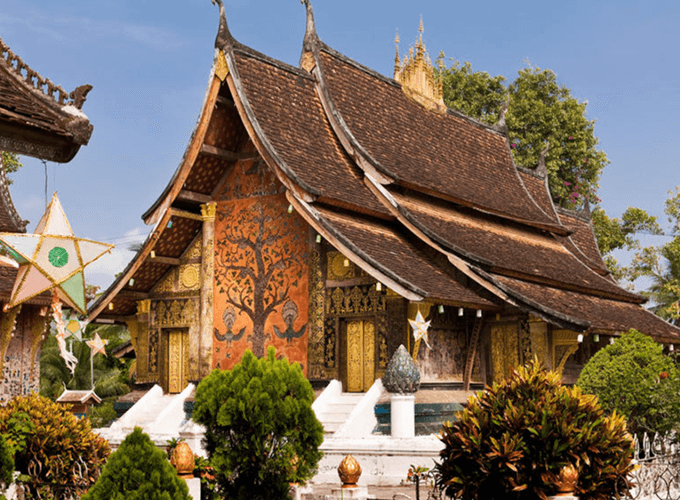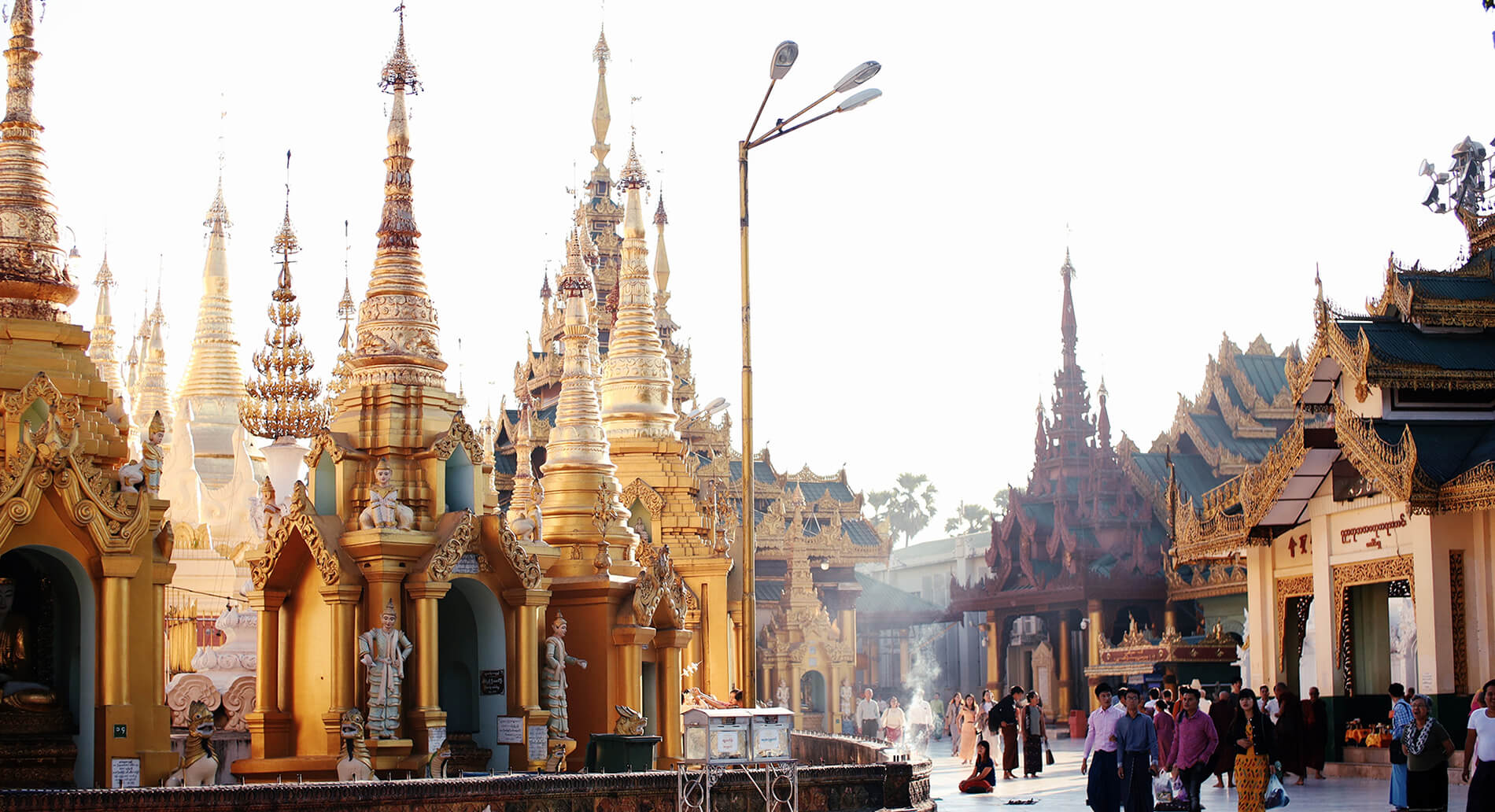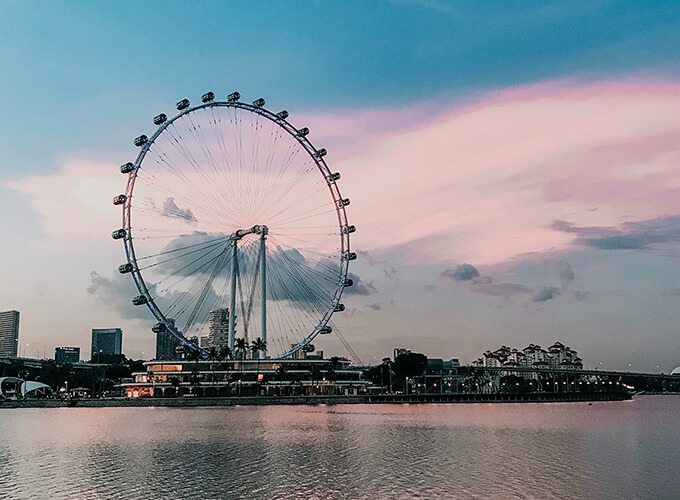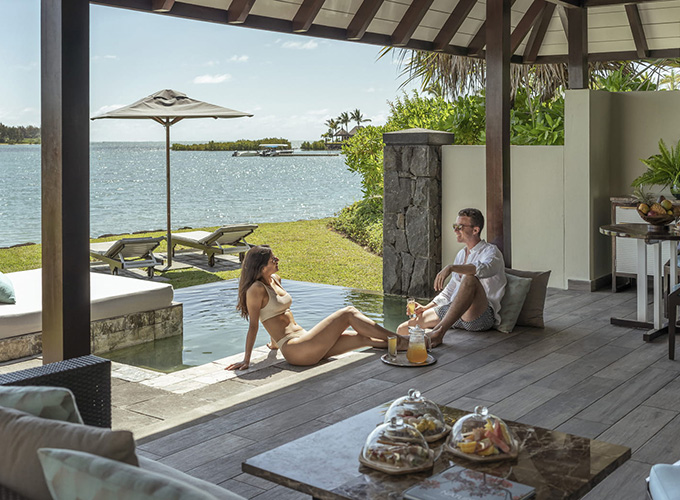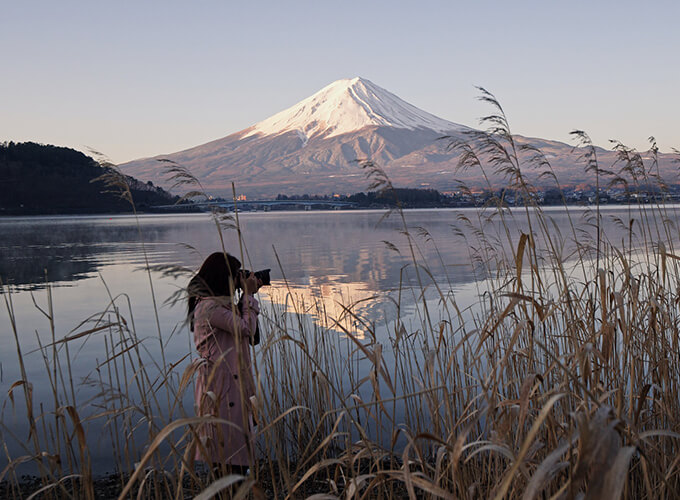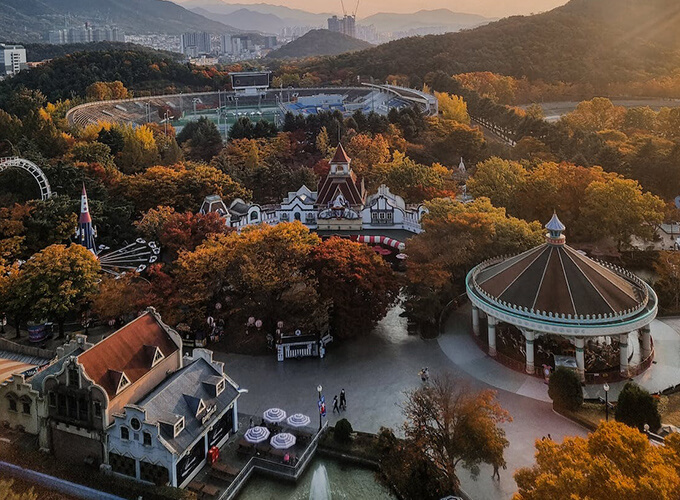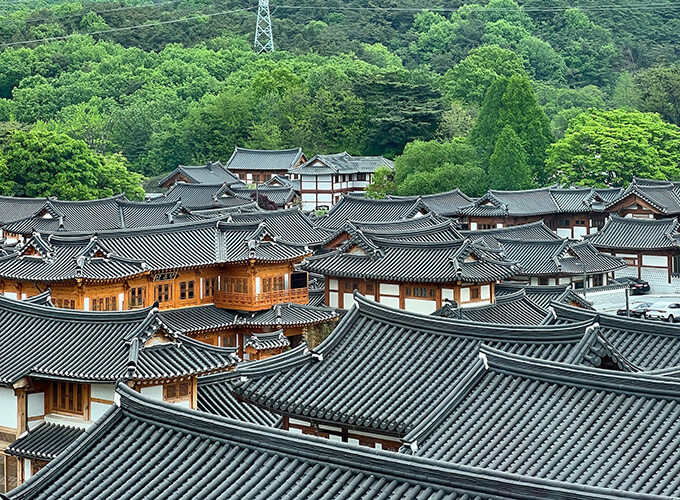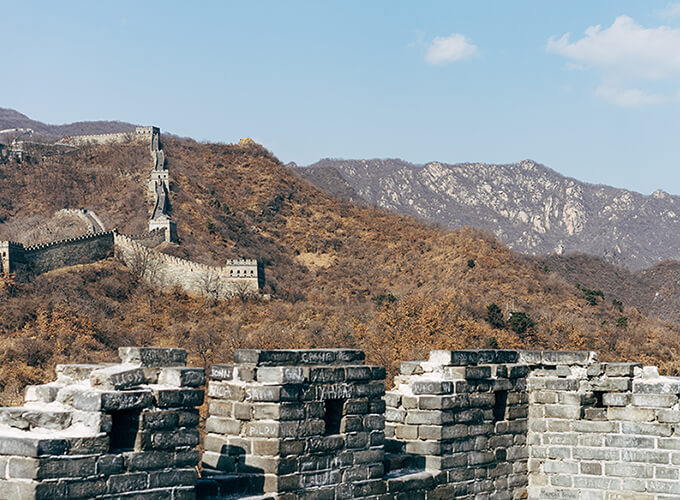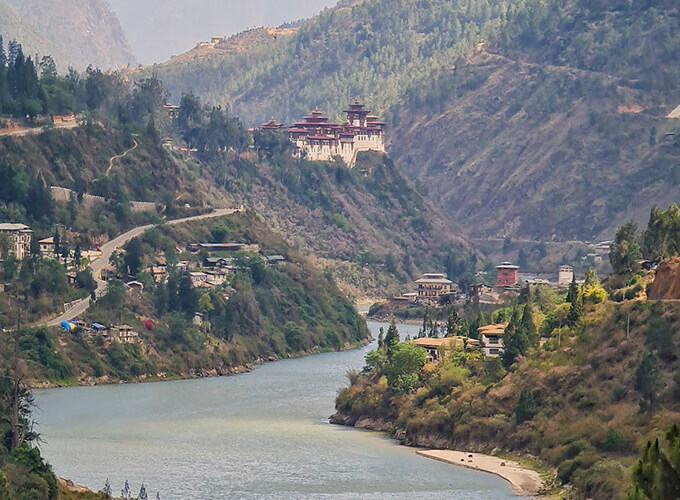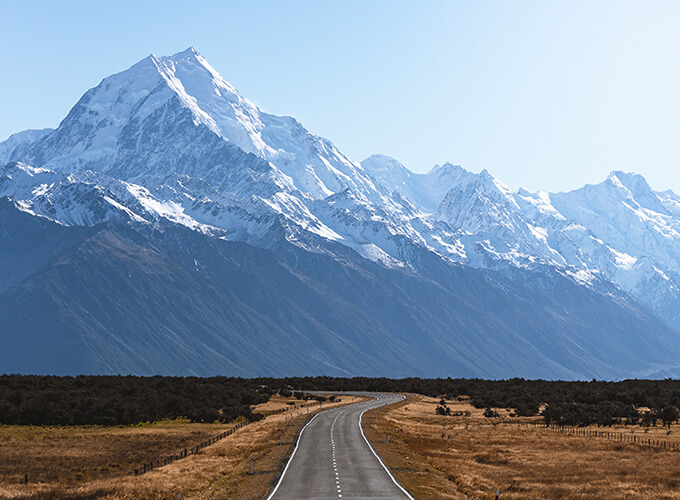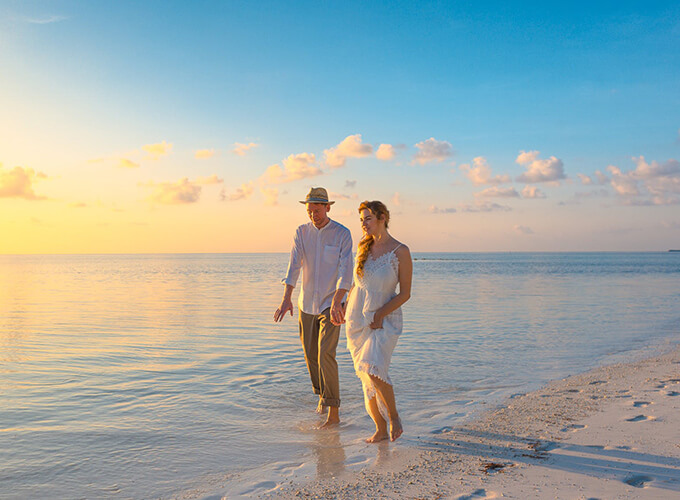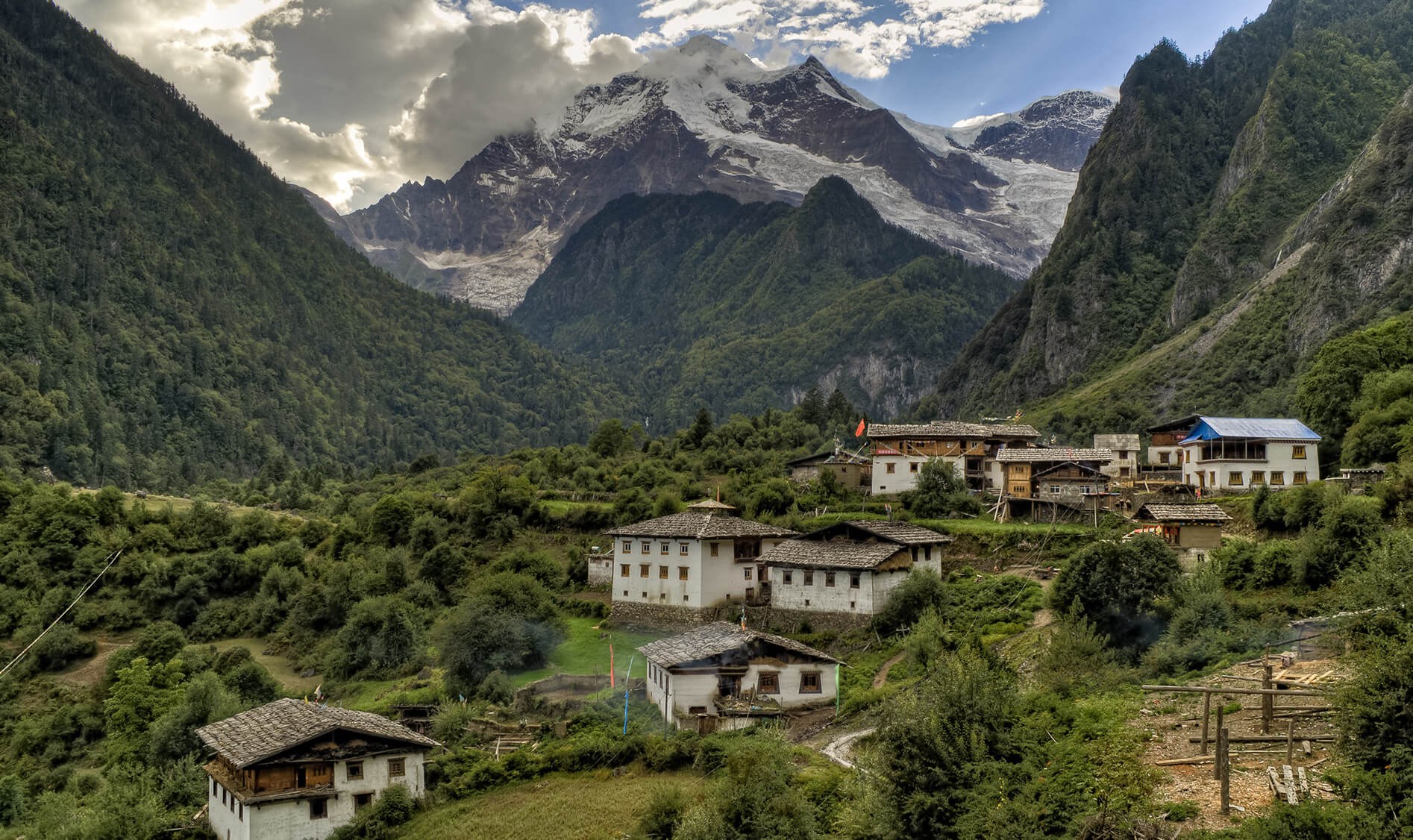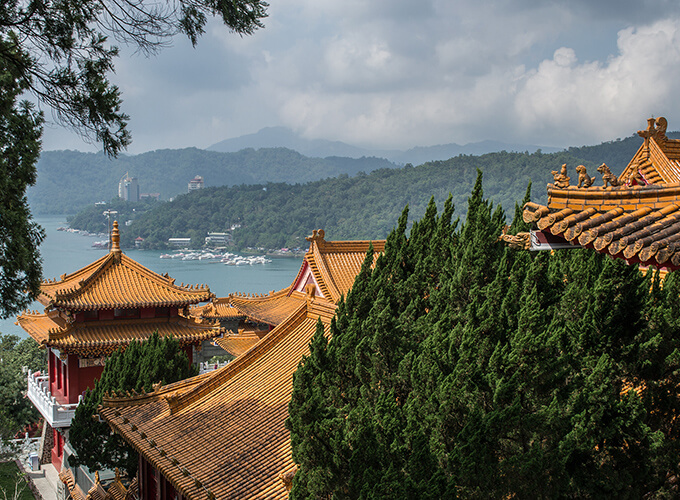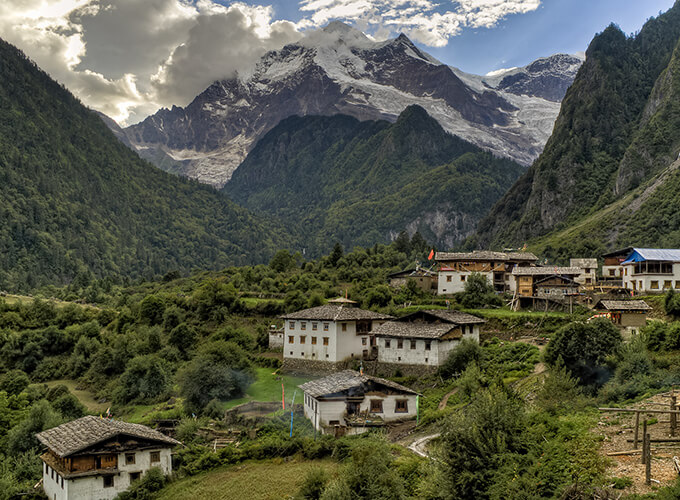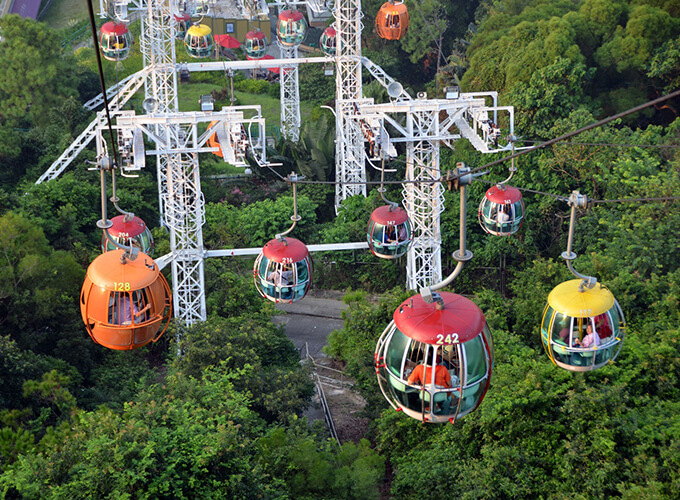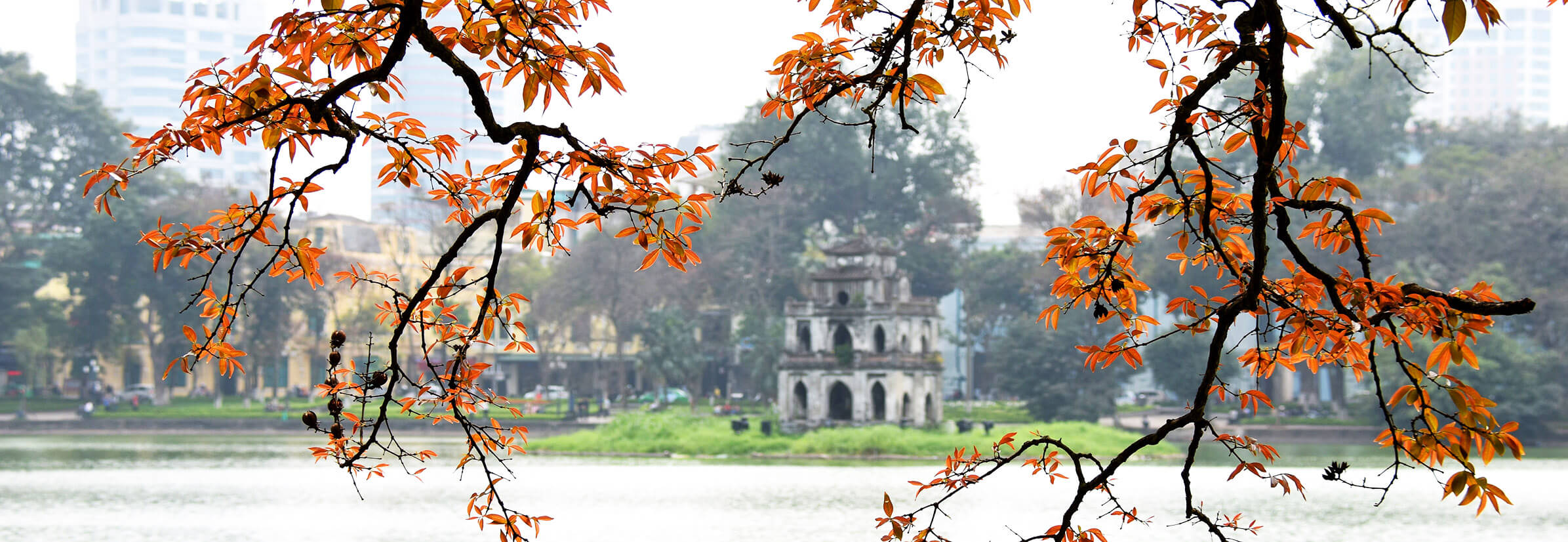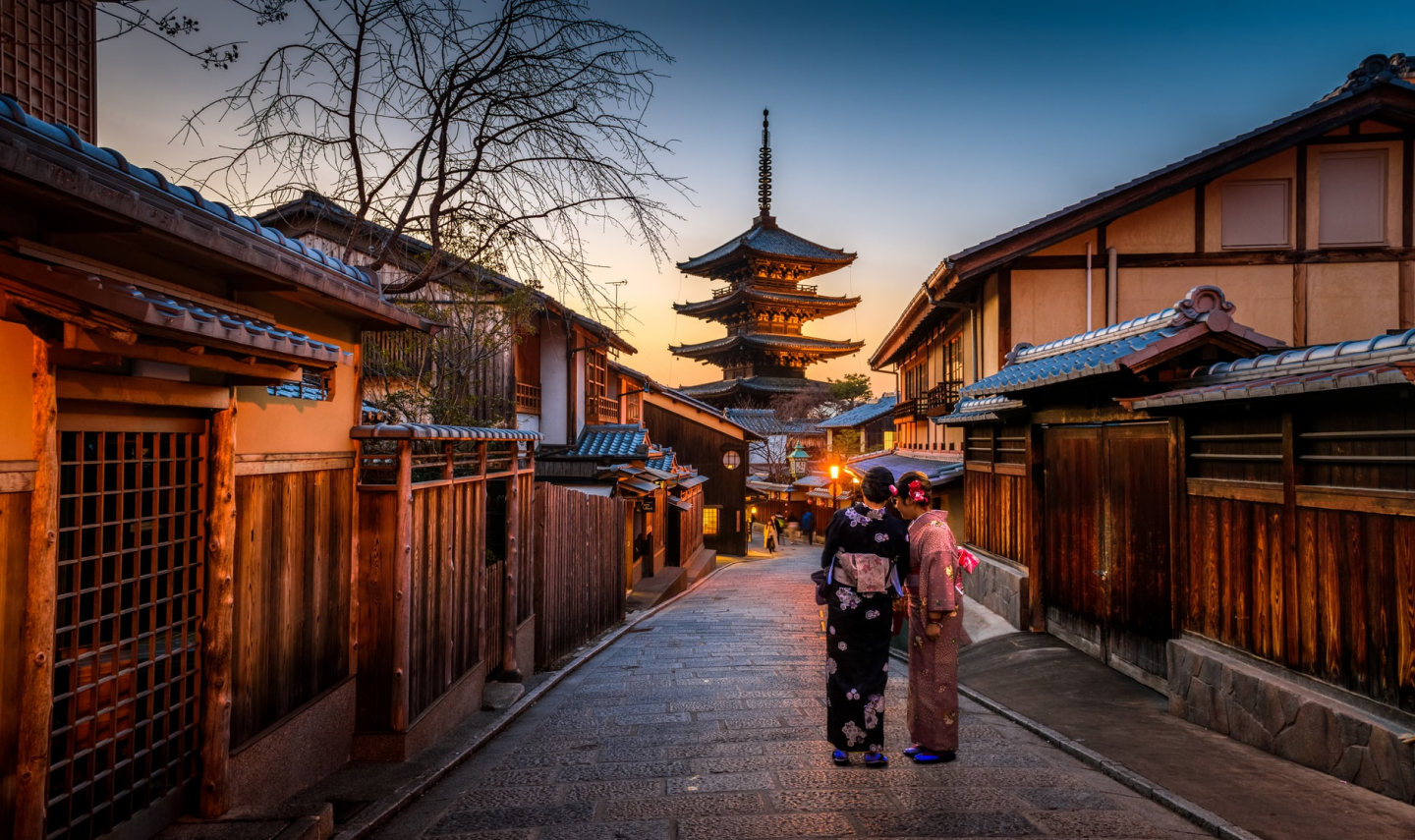Staying in a ryokan, complete with a night on a futon on traditional tatami mats, a yukata, and a delicious kaiseki meal, is one of my favorite ways to get a taste of Japan. Many of these establishments, from the smallest family-run hotels to the largest and most expensive resorts, provide the opportunity to indulge in the national pastime of Japan: a soak in a hot spring. If you're planning your Japan trip, our "Japan travel guide" can help you make the most of your visit.
It is simple to include a ryokan (pronounced ree-oh-kan) stay in most itineraries of Japan, and depending on your budget, I recommend staying there for one or two nights. A family reunion might seem like one big sleepover when everyone settles down to sleep in the same room. Private baths and sumptuous dinners add a touch of romanticism to the experience. Consider "My Way Travel" for a seamless and unforgettable adventure when planning your Ryokan stay.
Choosing your Ryokan
There are ryokan all around Japan, but if you want an authentic experience, seek one in the countryside. A stay in a secluded location, such as the Japanese Alps or the pebbled beaches of Lake Ashi, is an unforgettable experience. Cities like Kyoto and Tokyo provide stunning historical possibilities.
Tsurunoyu Ryokan, a cozy traditional inn in the wooded highlands of northern Honshu, is one of my favorite places to stay in Japan. One of the oldest structures in the area, it has a traditional irori fire pit for cooking. The mineral spring waters that feed the area's hot spring spas have been coloring the water a milky white for over 350 years.
If you want to experience a ryokan without leaving Tokyo, Gora Kadan is a good option. Located in Hakone National Park, this ryokan is the former hideaway of the Kan'in-no-miya royal family. It has a whirlpool Jacuzzi, open-air hot springs, and rooms with private stone baths—all perfect for unwinding after a day of sightseeing.
Why book your Ryokan experience with My Way Travel?
Despite Japan's advanced technology, reserving a ryokan might be a challenge. Many smaller hotels only print booking paperwork in Japanese, and their websites are sometimes only available in Japanese with little information. Fax reservations are sometimes the sole option. Having had the good fortune to stay at many of the ryokans we recommend, I advise you on which one best suits your needs.
Traditional Japanese inns (ryokan) often provide breakfast and supper in their packages, which is convenient if you have special dietary needs. The (deliciously) sophisticated food might be intimidating to those with certain dietary requirements, so it's helpful if they know about it in advance.
The Ryokan experience
The welcome: When you check in, the host will take your baggage and lead you to your room after greeting you with a bow.
Ryokan style: The rooms often have natural tatami mat flooring and a modest central table and chairs.
Sleeping in a Ryokan: Perhaps most alarming to Westerners is the absence of beds. On the tatami mat floor, you'll be sleeping on a luxurious futon created for you every night. Room service will fold them up for you to keep out of the way throughout the day, so you can easily fall asleep on them.
Some ryokans provide Western-style beds on request if the thought of sleeping on a futon gives you the willies.
The yukata: You may wear the yukata (cotton kimono) supplied in your room before and after a bath while lounging, dining, and walking about the ryokan.
Ryokan food: The ability to indulge in authentic Japanese cuisine, from substantial home cooking to mouth-watering kaiseki masterpieces, is a major draw for many visitors to Ryokans, both Japanese and foreign. Each day starts with a complimentary breakfast and ends with a supper, generally provided in the comfort of your room.
To highlight a wide range of ingredients and techniques, Japanese cuisine is noted for its focus on seasonality and its beautiful presentation of numerous tiny dishes. The cuisine is a celebration of the region's wealth, from the soft snow crab of the northern coast to the juicy steaks of Honshu.
Ryokan Gardens: Many Ryokans are artfully designed around Japanese gardens, contributing to the ambiance of serenity that is typical of a visit to a Ryokan.
Onsen bathing
When I was a resident of Aomori City, Japan (often cited as the snowiest in the world), I discovered the joy of a hot spring bath amid a snowstorm. They are, however, delightful at any time of year and often serve as the high point of staying in a ryokan, particularly after a day of sightseeing. Be cautious and double-check with your expert since not all ryokan provide these, especially in the city.
Bathing etiquette: Taking your first Japanese bath in an onsen or private hot tub may seem strange, but the basic tenets remain the same.
When taking a bath, men and women do so in different areas unless they are in a private bath. It would help if you used the shower or bucket before getting into the tub. When you've finished rinsing off all the soap, you may go in the tub (carefully, it'll be hot).
A nighttime soak is often considerably less noisy in Japan since the Japanese don't typically take baths after supper.
Bathing experiences: Some ryokans include expansive indoor and outdoor therapeutic bathing rooms, while others have more intimate bathing spaces suitable for couples or families.
Book a hotel with a private outdoor bath if you want to spoil yourself.
Start planning your trip to Japan
Start thinking about your experience. These itineraries are simply suggestions for how you could enjoy some of the same experiences as our specialists. They’re just for inspiration, because your trip will be created around your particular tastes.








